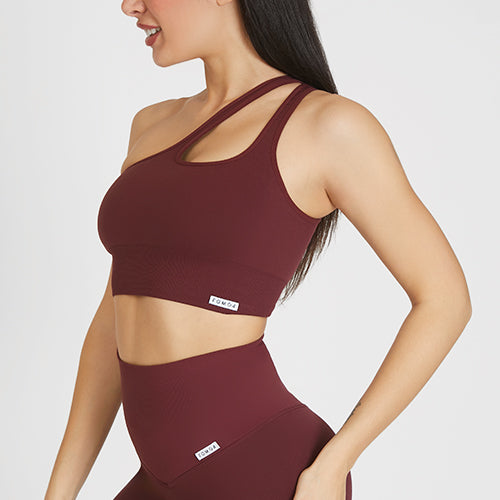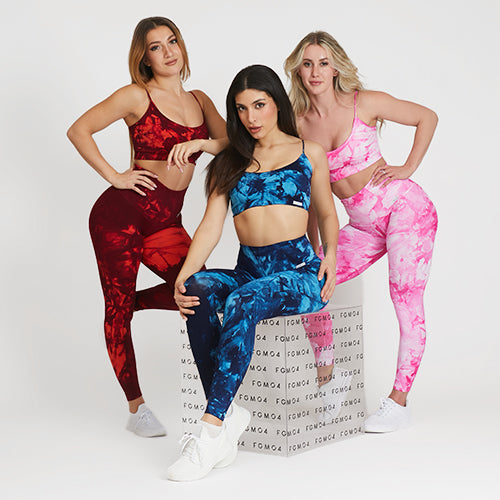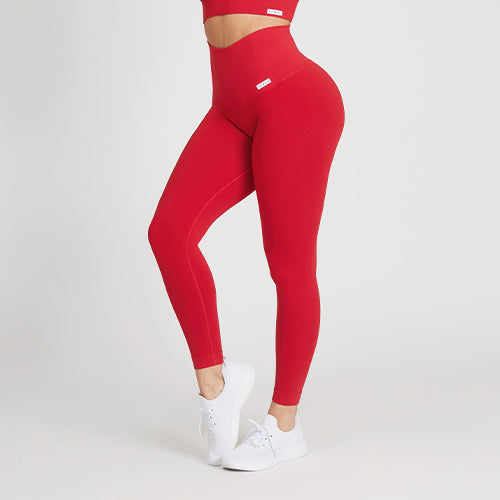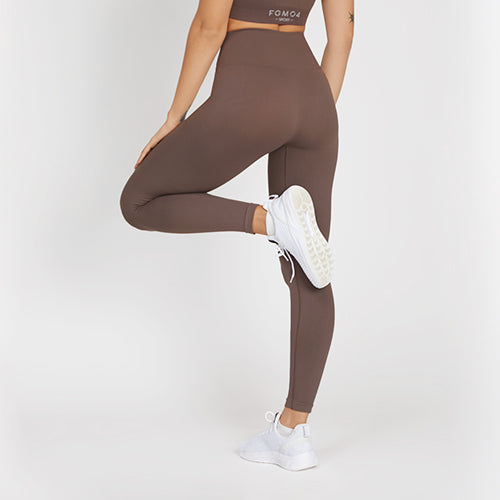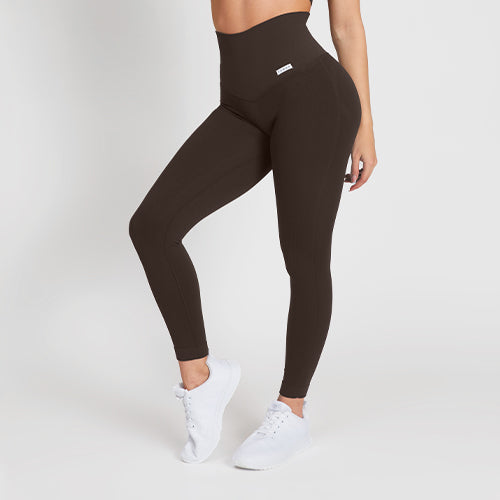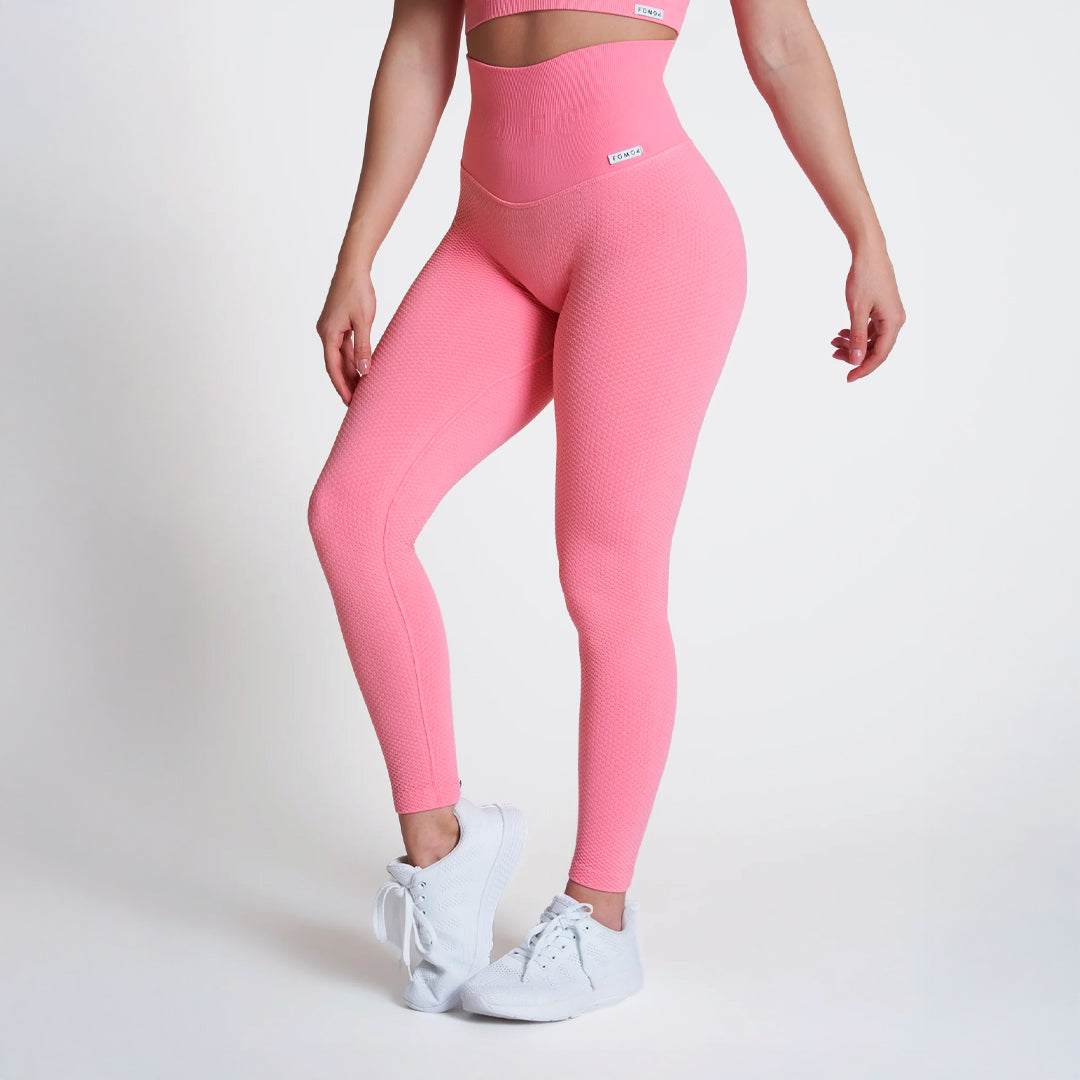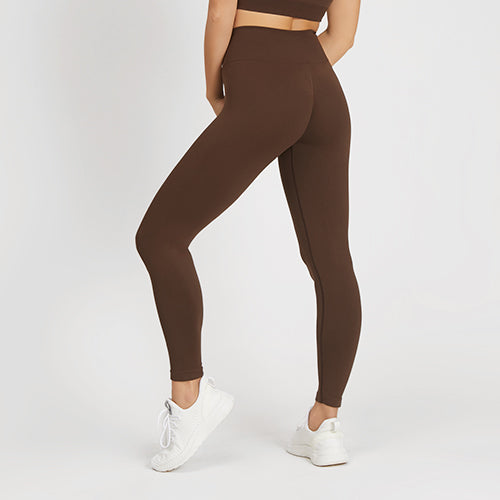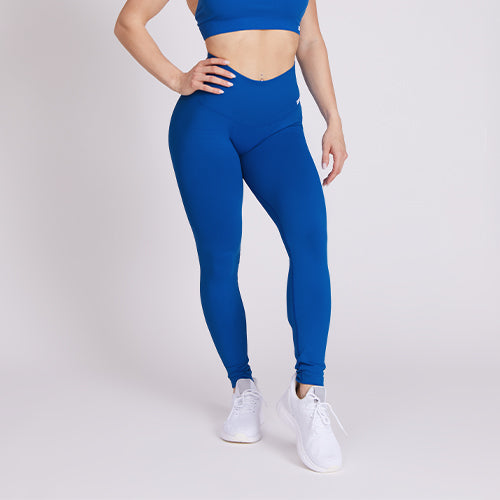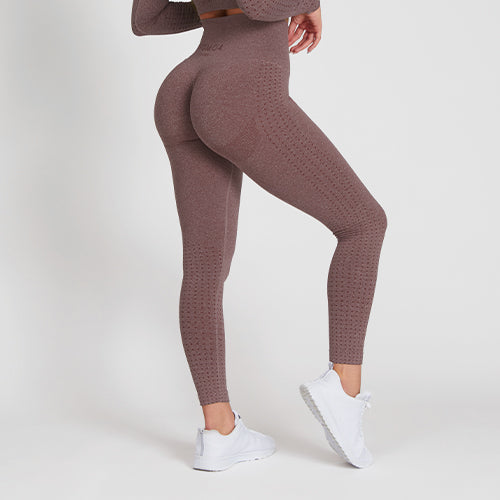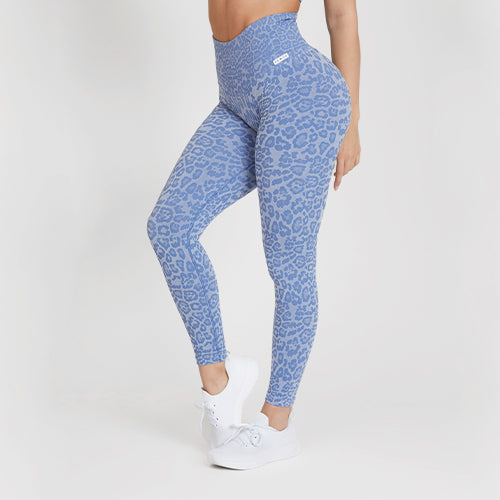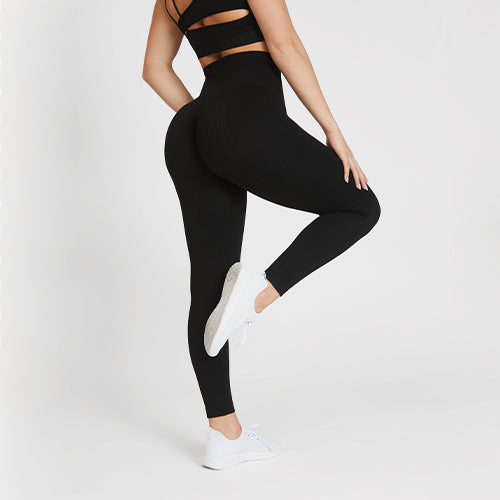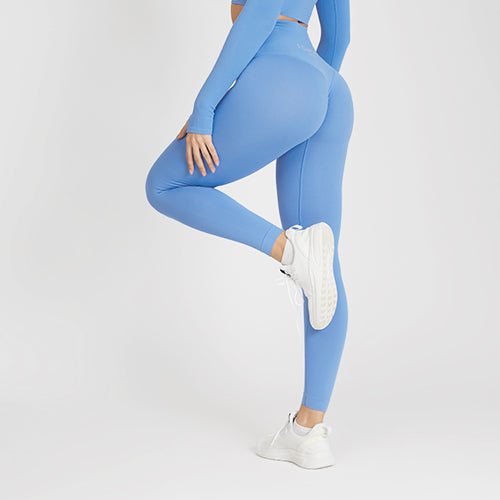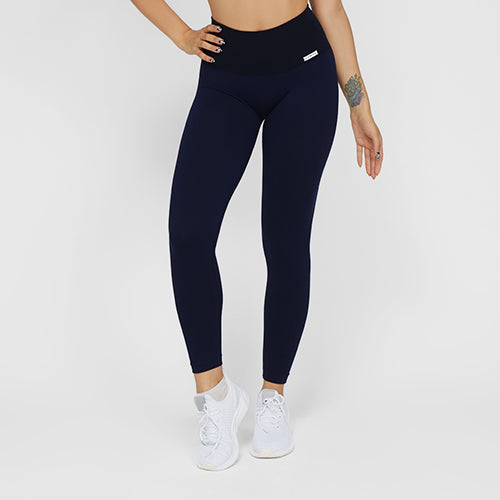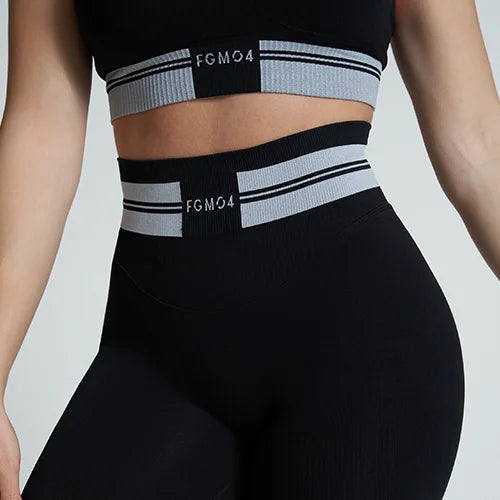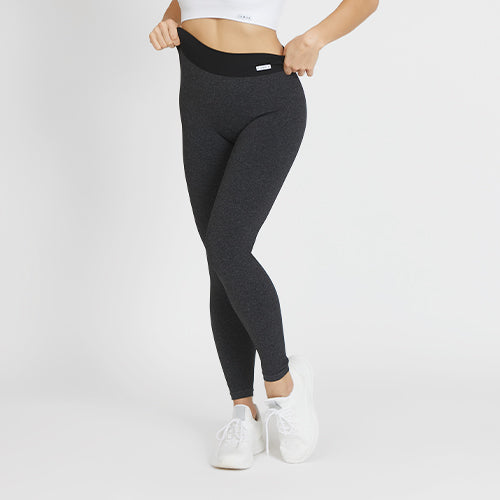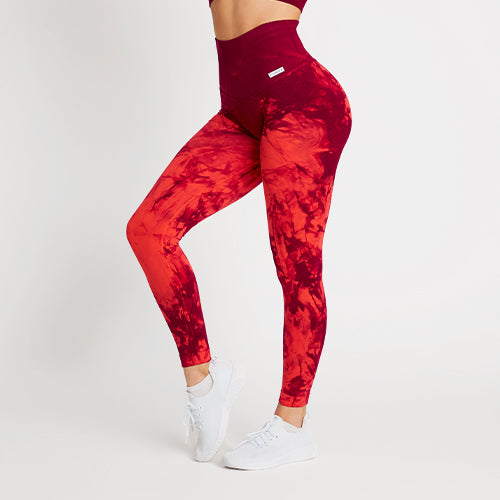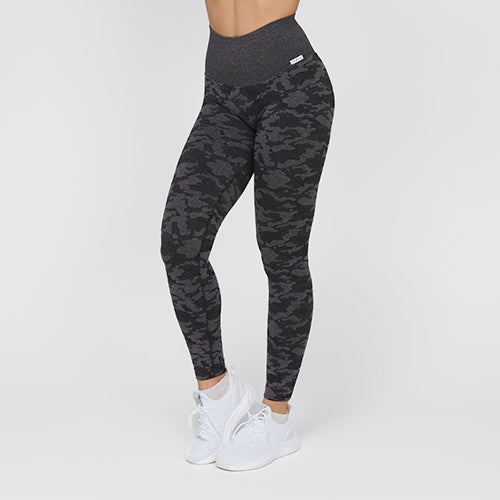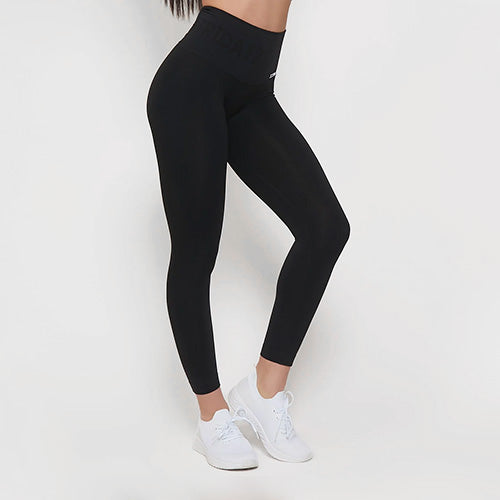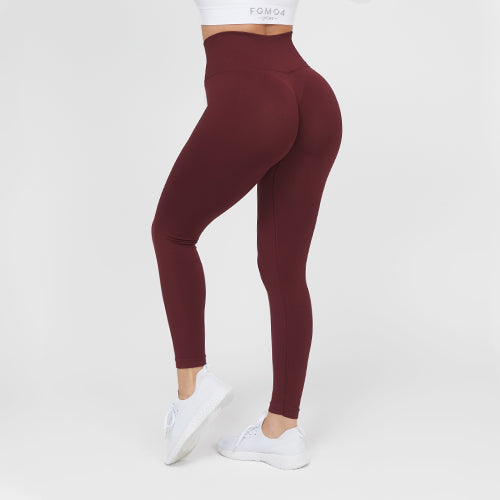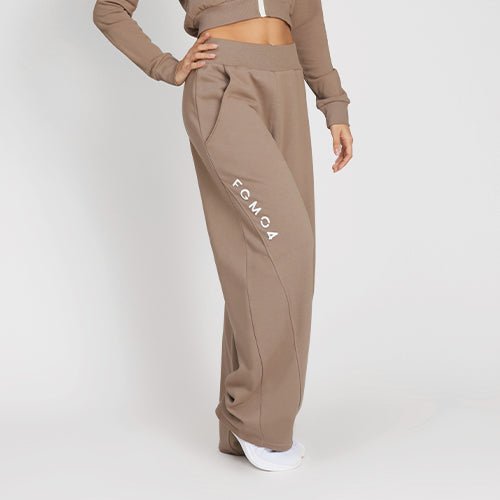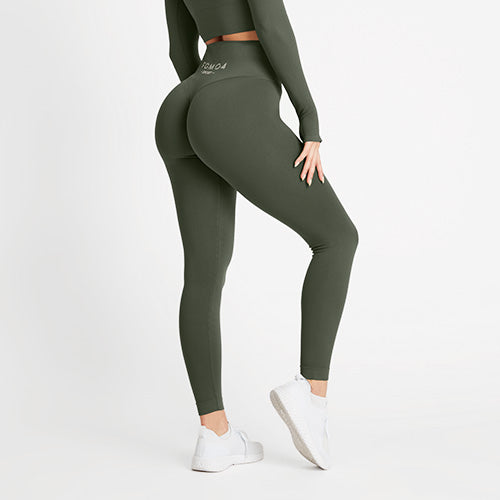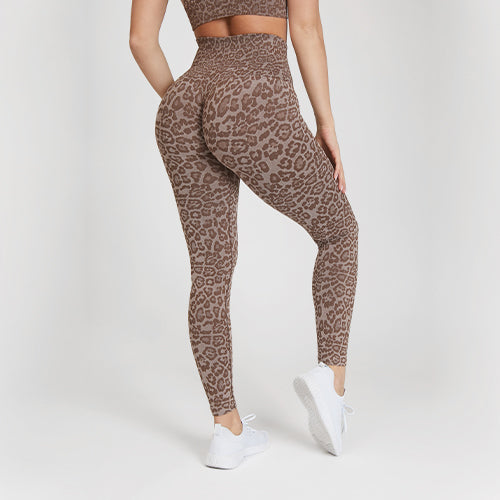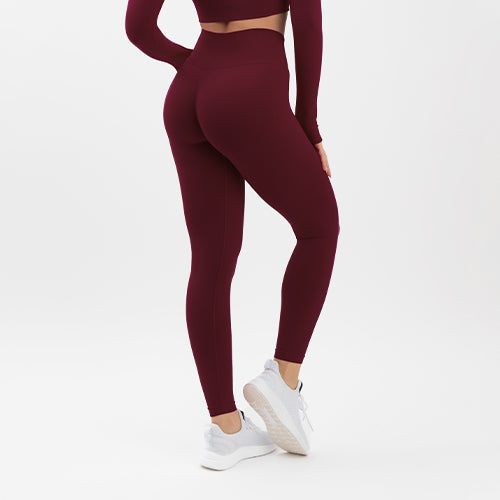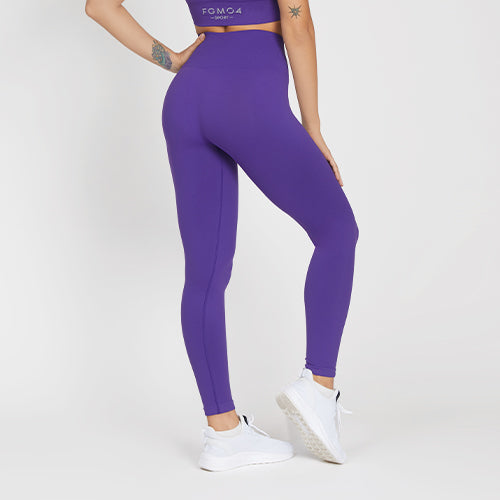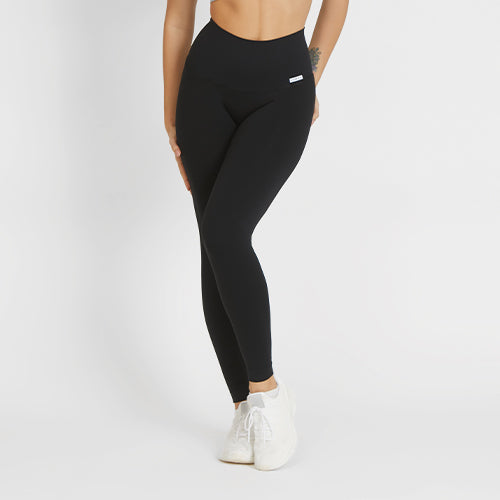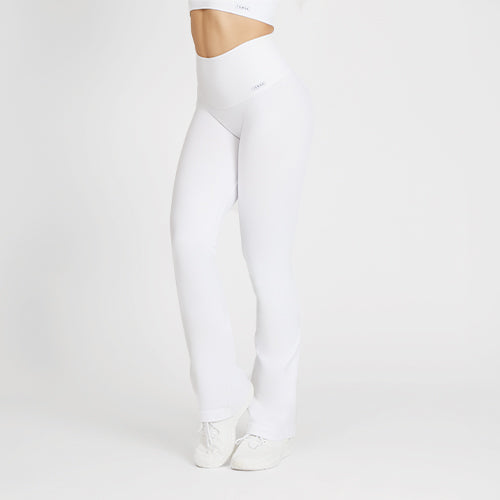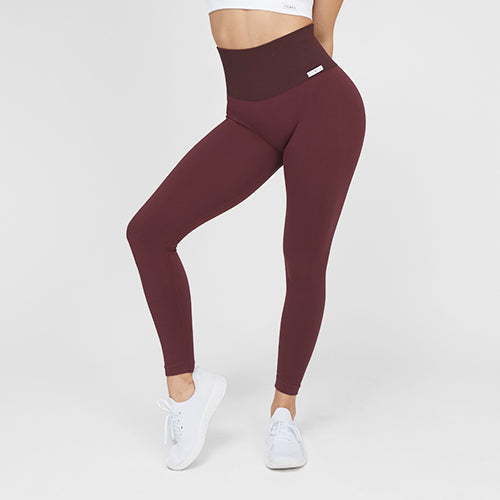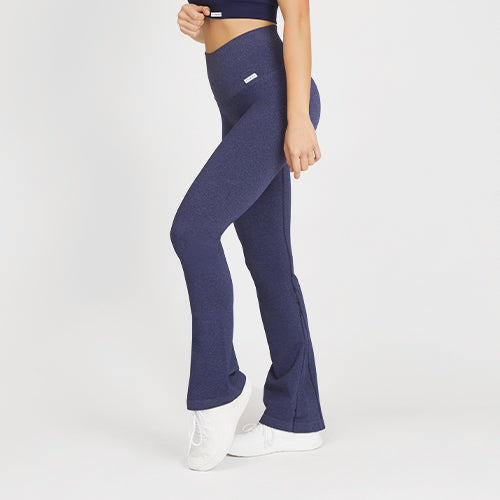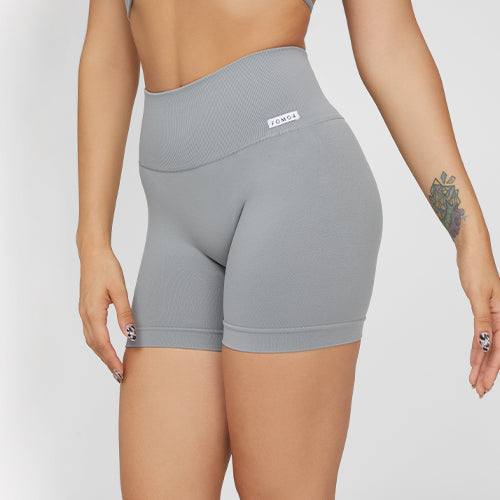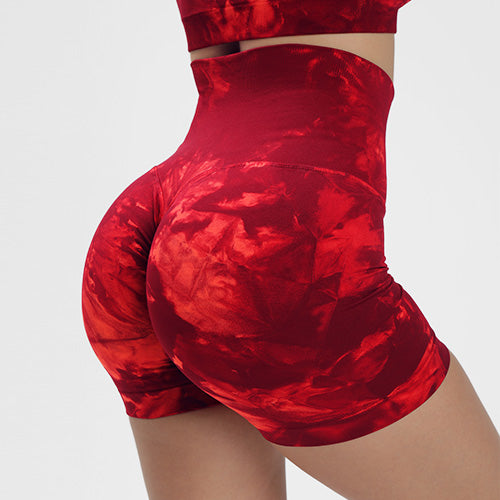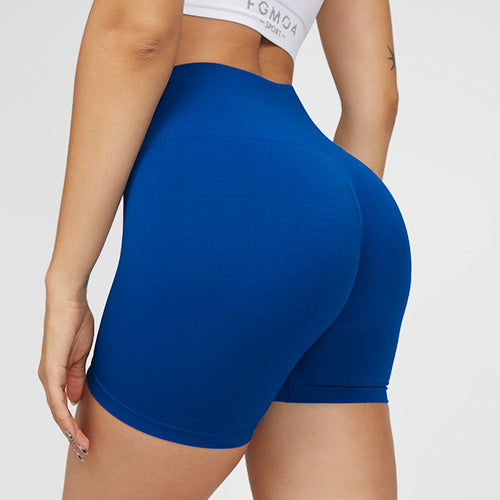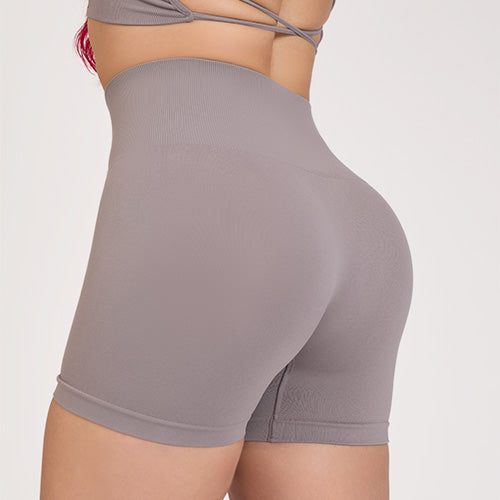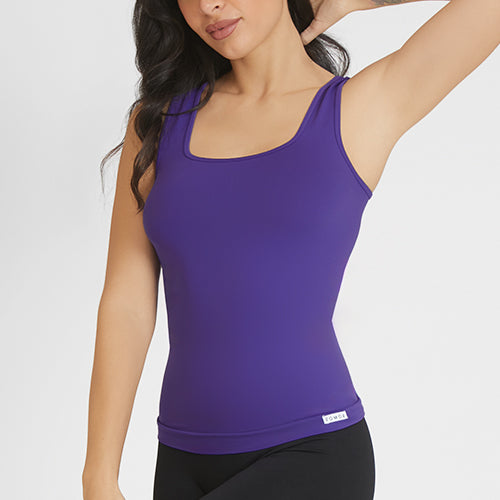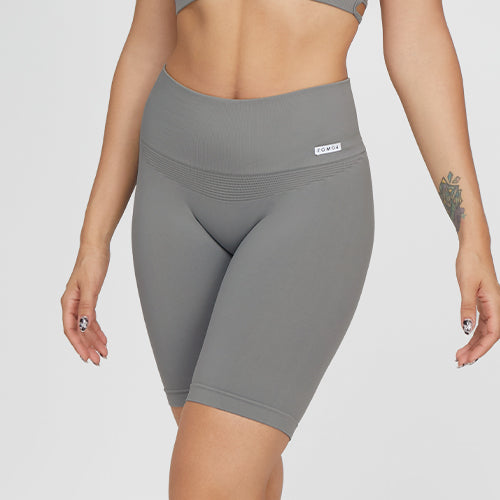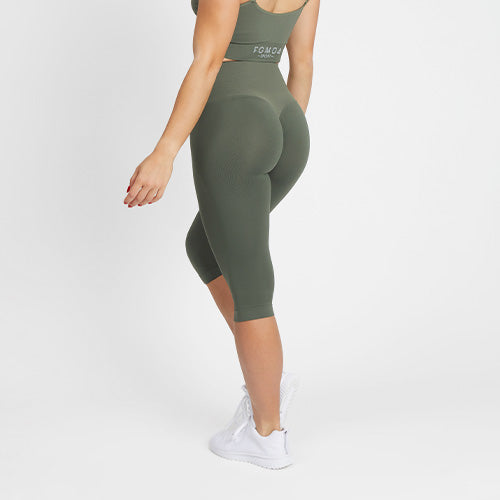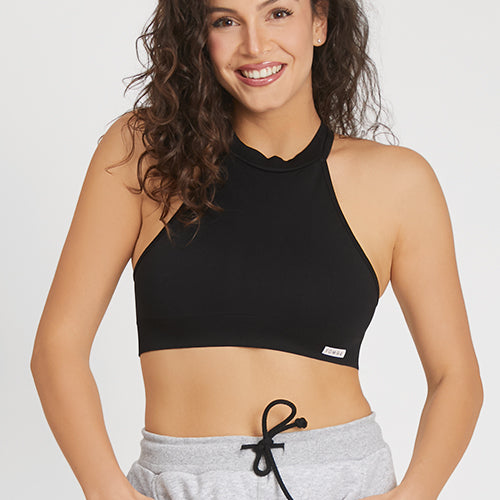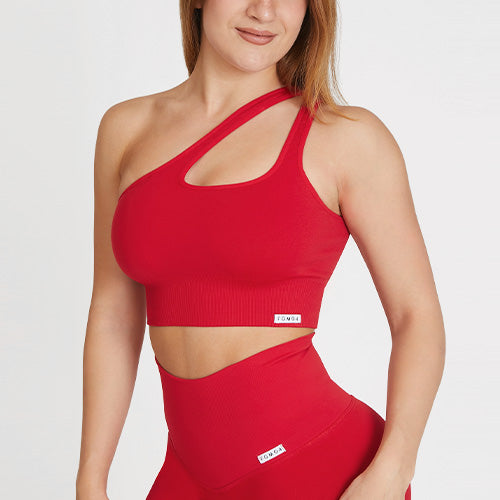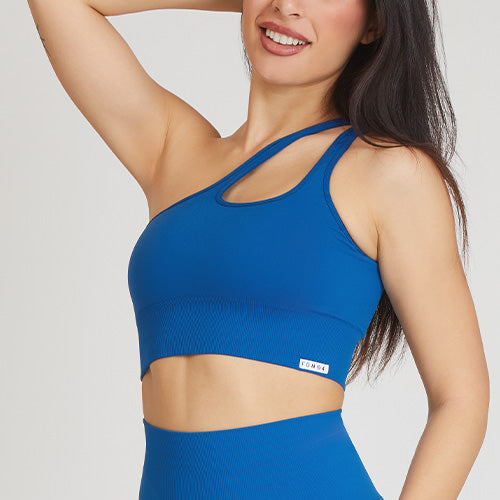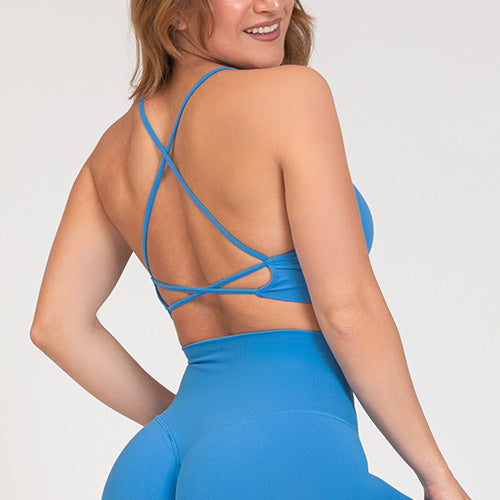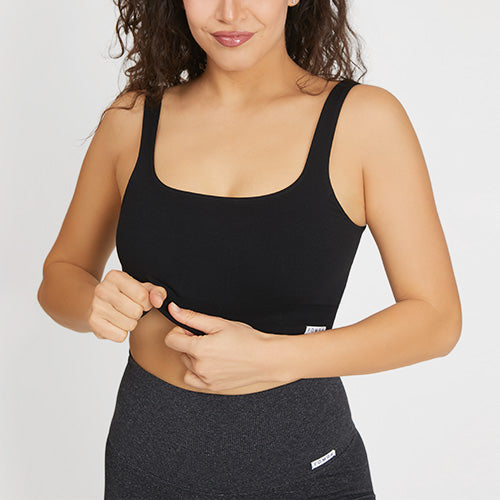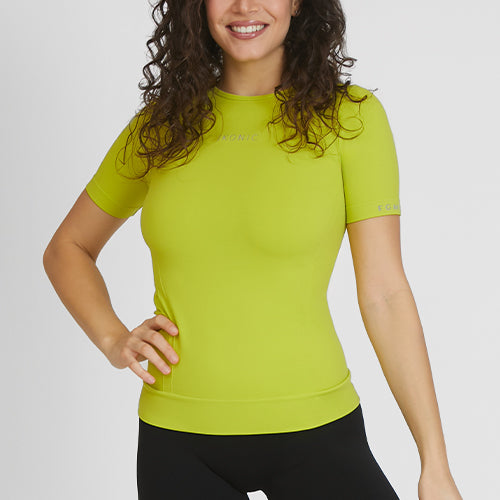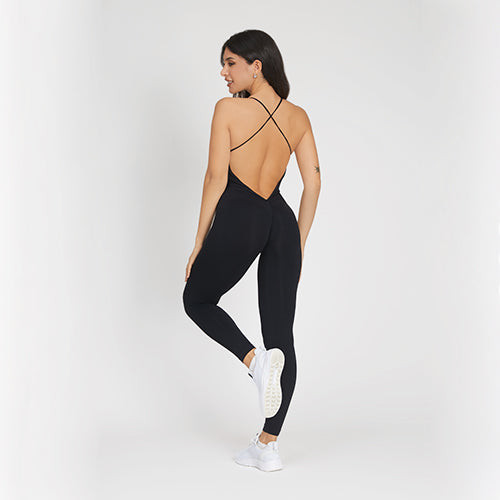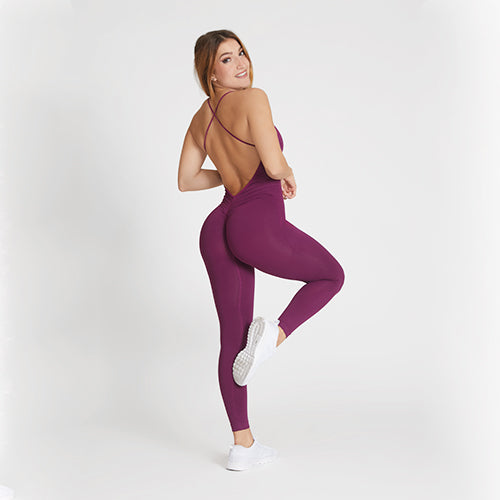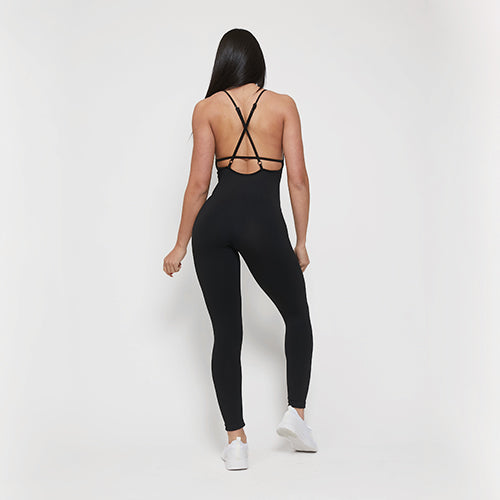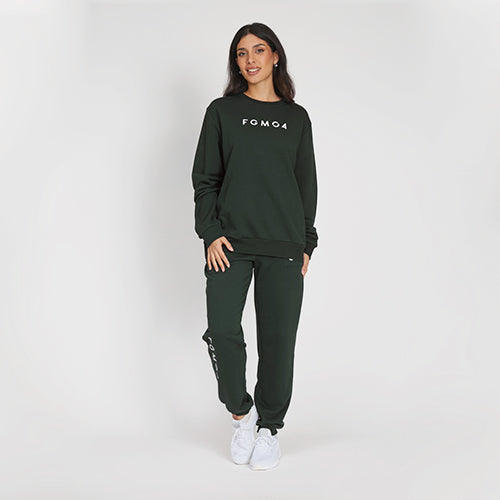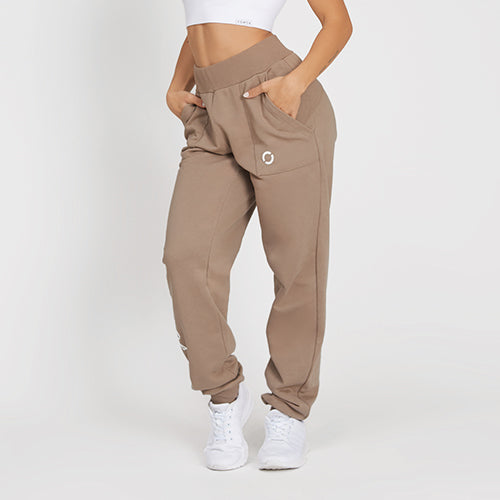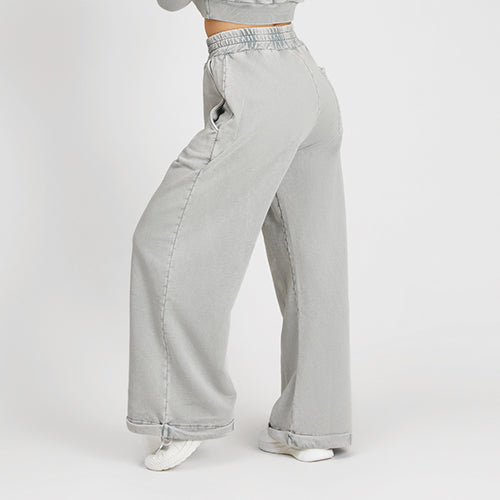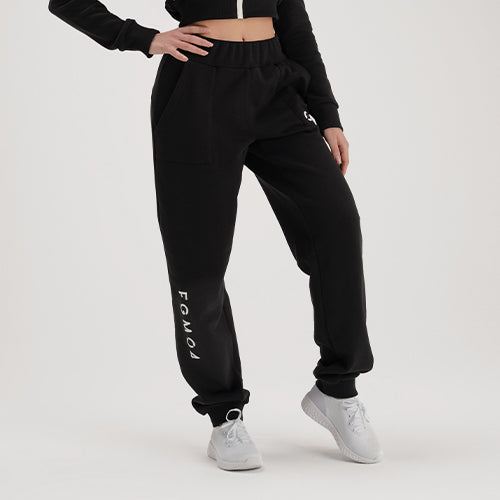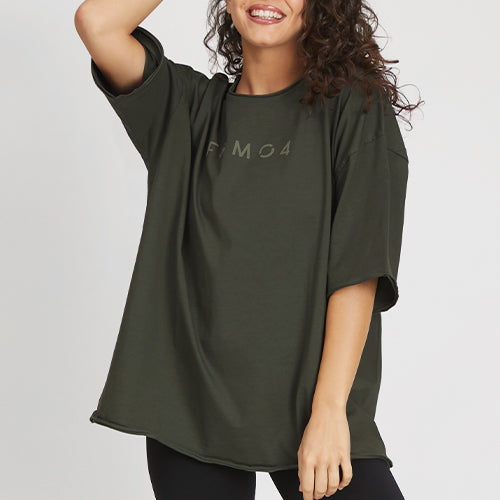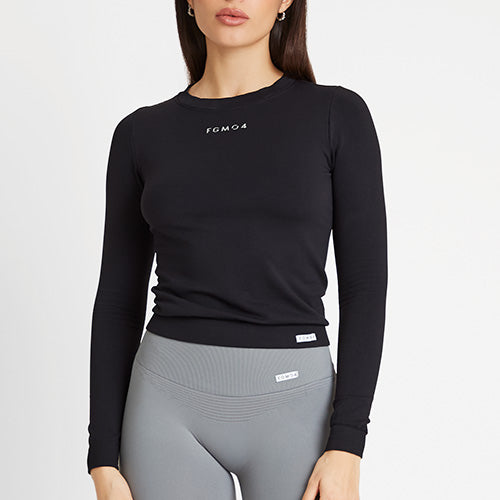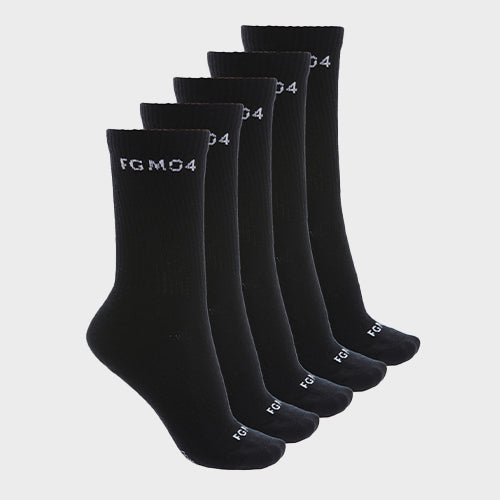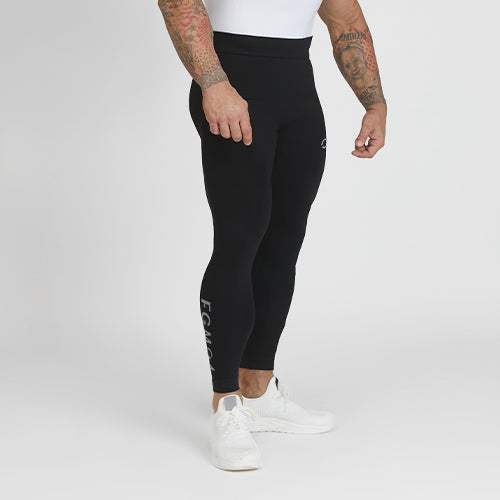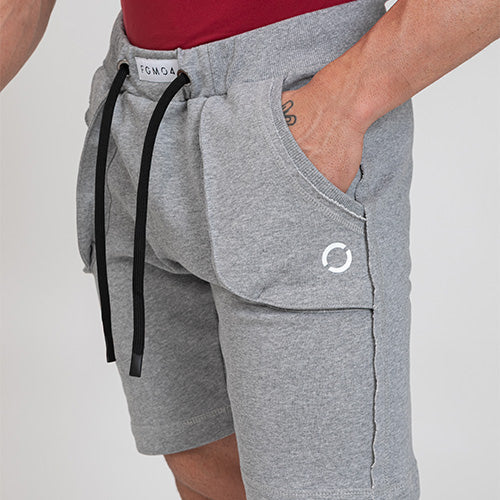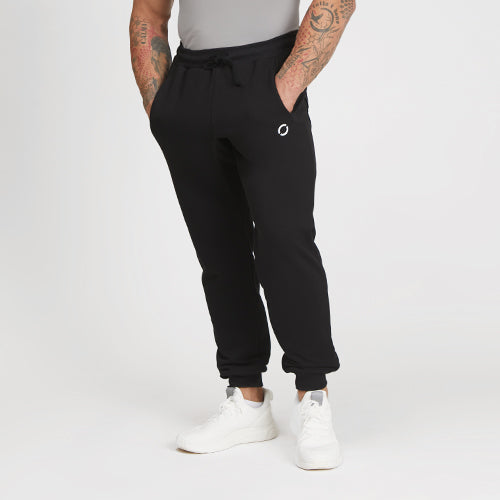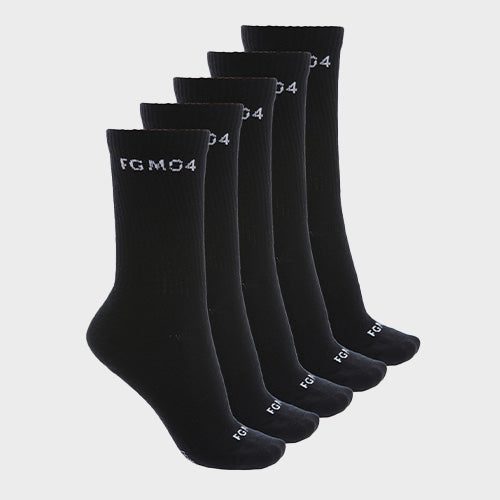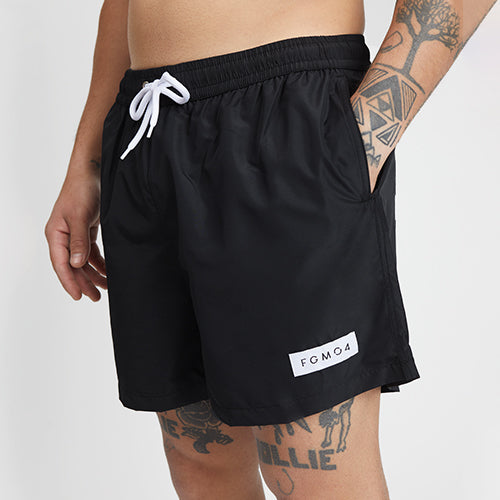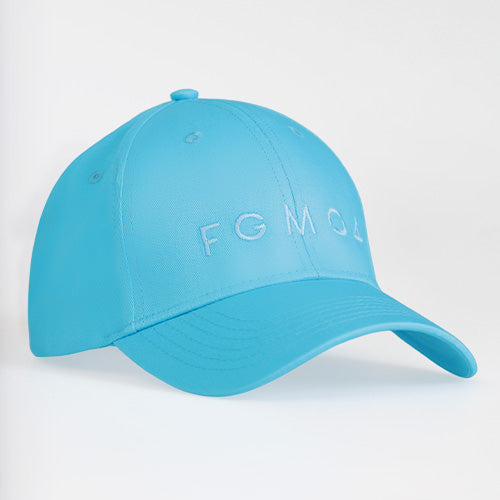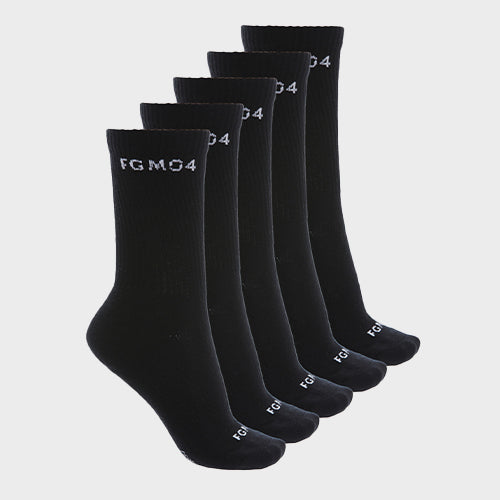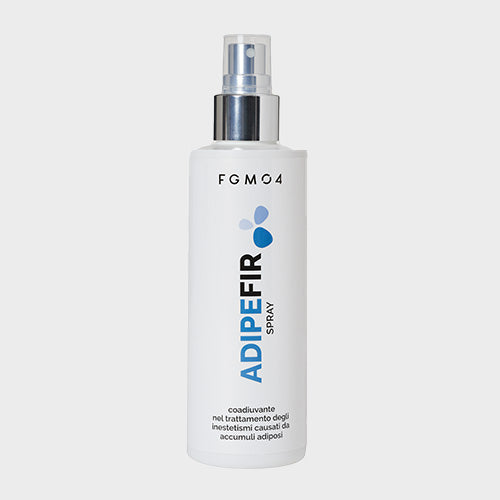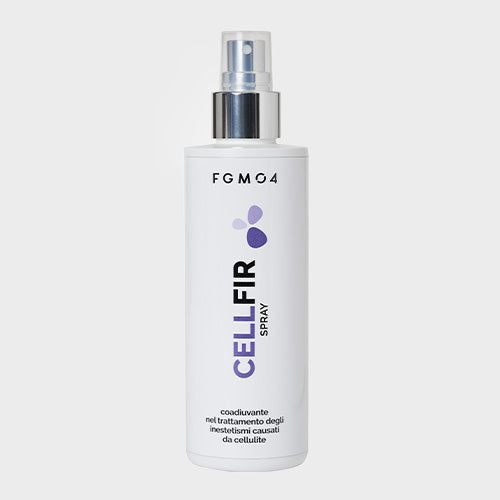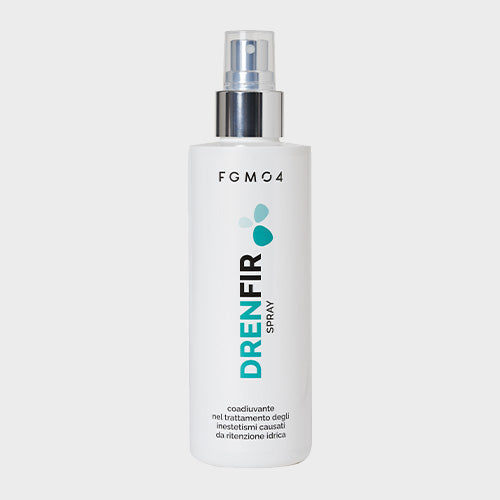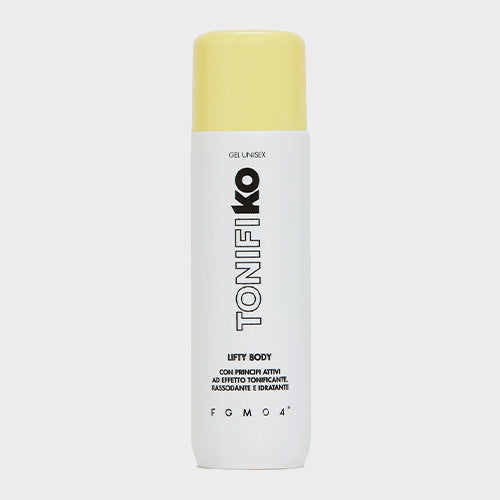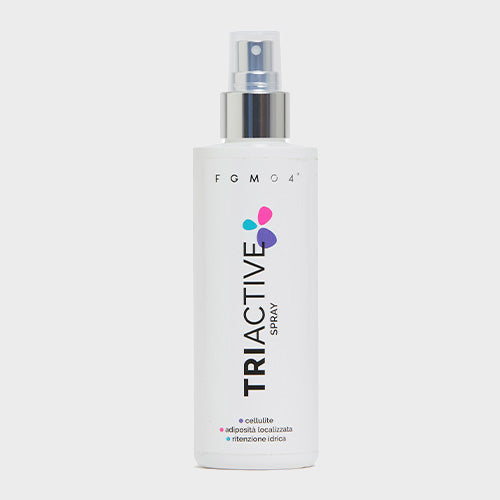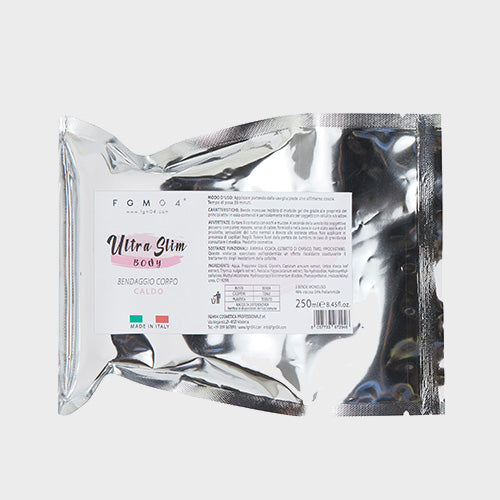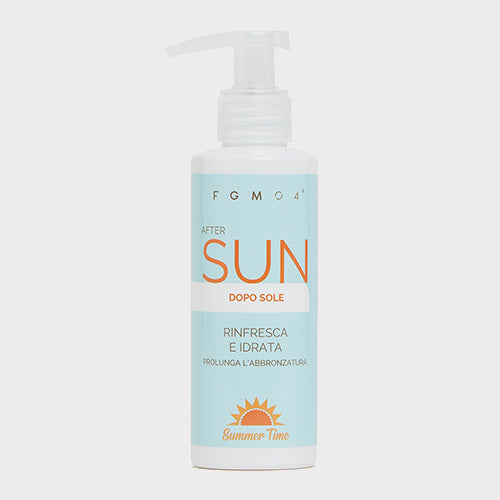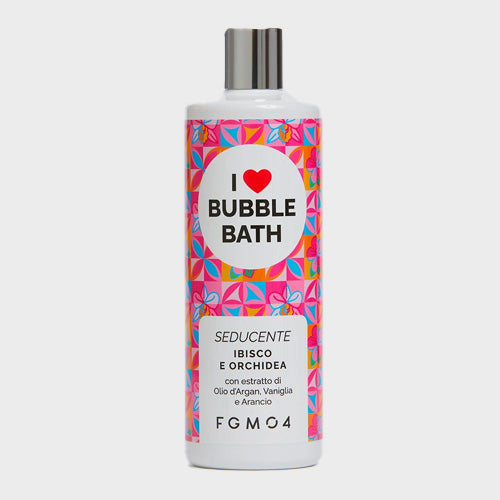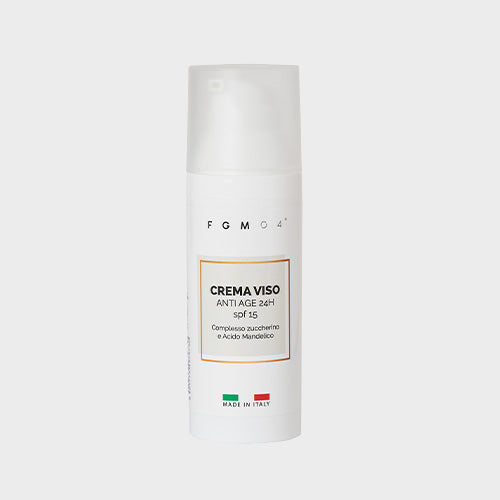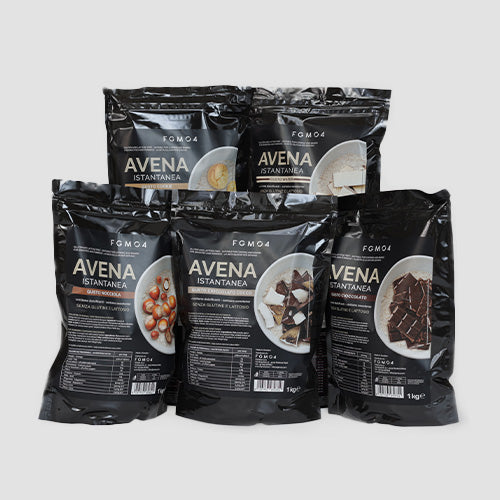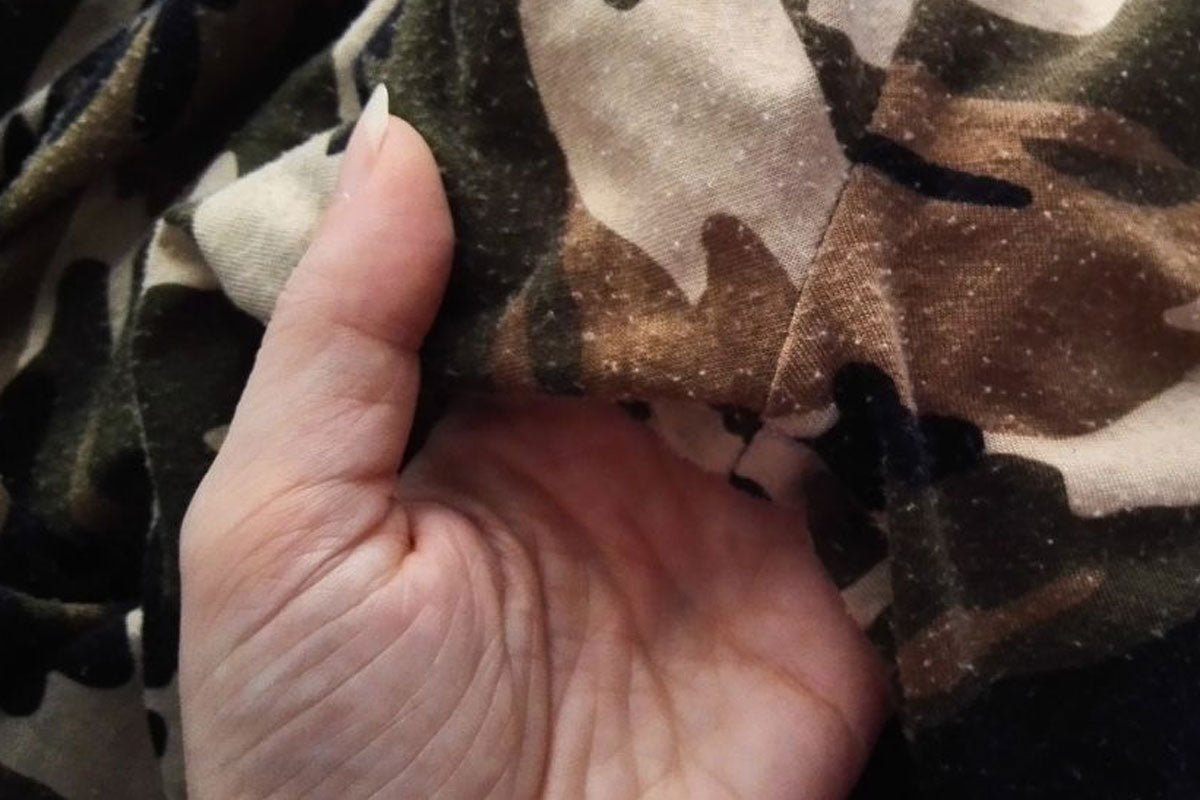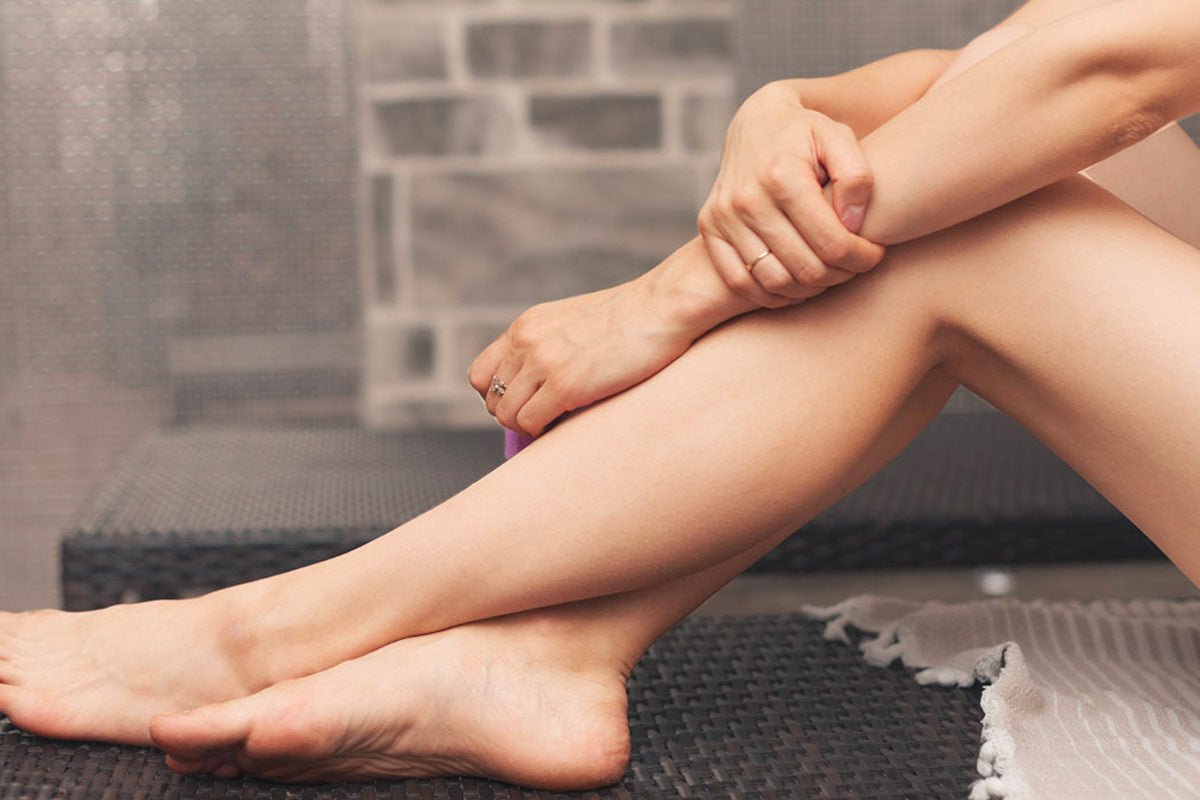The term pilling indicates that phenomenon that leads to the formation of small pellets (pills) on fabrics, capable of making our favorite clothing appear old and ruined in a short time.
Not necessarily this is an indication of bad fabric quality, more often it will depend on how we treated it or the very nature of certain textile fibers.
Below we will explore the causes of tissue peeling and how to prevent it thanks to 10 simple tricks.
Why pellets are formed on the tissues
Typically, short fibers, such as cotton, are more likely to form pellets, as they can tangle and create pills, especially when the fabric is somehow rubbed or abraded.
Silk, for example, doesn't pill because it's made of very long fibers. Fabrics that combine natural and synthetic fibers are the most susceptible to pilling. Fabrics made of tightly woven fibers, such as denim, are less prone to pilling.
The more elastic the fabric, the more prone it will be to pilling because it will have less compact fibers that twist against each other. Essentially, therefore, fabrics made of long and/or tightly woven fibers will tend to pill less.
10 tricks to prevent pilling on clothes
Fortunately, there are ways to prevent pilling. Here are 10 tricks to save our clothes, like sweaters, gym pants, or swimsuits, which are more prone to pilling than other items:
-
Wash clothes inside out:
When washing in the washing machine, the garment will inevitably rub against other items of clothing. Set the cycle to "delicate wash" at a low temperature and wash it inside out, so as not to ruin the front side. This way, the pills will tend to appear on the inside of the garment;
-
Store clothes inside out:
For the same reasons as above (avoid rubbing the outer surface with other clothing) we put or hang clothes subject to pilling in the wardrobe, inside out;
-
Wash clothes by hand, without rubbing:
It is perhaps a less comfortable, but definitely more delicate way to wash our clothes and prevent pilling;
-
We use a laundry detergent with enzymes:
Still on the subject of how to wash clothes that tend to pill, an interesting solution is to use detergents with enzymes. Enzymes, such as amylase, protease, and lipase, "eat" both stains and the short, loose fibers that tend to pill.

-
Do not rub the stained fabric:
When we stain a tissue, the instinct is to remove the stain by rubbing, but this is likely to favor pilling!
To treat stains on fabrics prone to pilling, place the garment on an old towel or clean rag. Apply the stain remover, then wipe the area with a clean cloth. The stain will transfer to the underlying fabric, avoiding friction.
-
Watch out for Velcro:
If our garment has Velcro parts, we close the two strips tightly before placing it in the closet or before washing it;
-
We avoid using the dryer, lay out the clothes in the air:
The heat and friction generated by the dryer encourage pilling on the fabric. It's best to hang garments prone to pilling and air dry them;
-
Do not sit on rough surfaces:
Any friction can irreparably ruin our clothes. For example, if we're wearing a swimsuit and don't want to ruin it, we avoid sitting directly on the concrete edge of a pool, but place a towel underneath us;
-
Watch out for rubbing:
We avoid resting our elbows on the table, we do not walk on all fours on the ground when we wear certain pants subject to pilling, we are very careful when walking next to a wall, etc.;
-
Avoid wearing backpacks or shoulder bags:
Always in order not to create friction on the fabric it is better to avoid these accessories and opt for hand bags;
What if the dots have already formed?
To remove existing lint, you can use a wool lint comb or a pumice stone. The latter is especially useful for removing lint from fleece or wool sweatshirts and garments. Follow the grain of the fabric and try not to be too aggressive, otherwise you risk piercing the fabric. Avoid this remedy on cotton or delicate or shiny fabrics, such as silk and satin.
Image credits:
Washing clothes. Image by pressfoto on Freepik
Girl leaning against a tree. Image by Freepik

